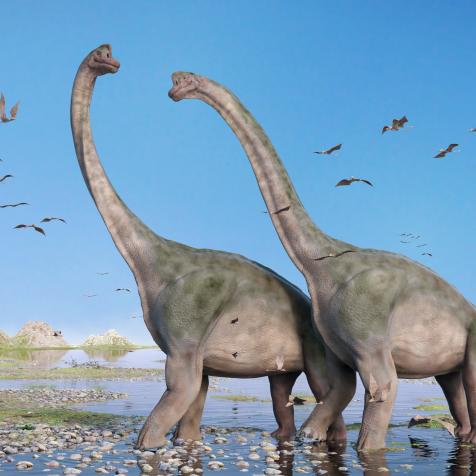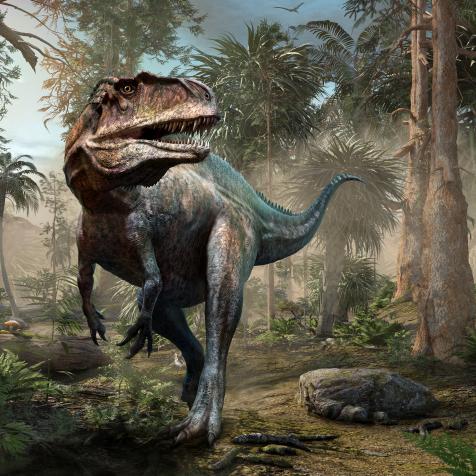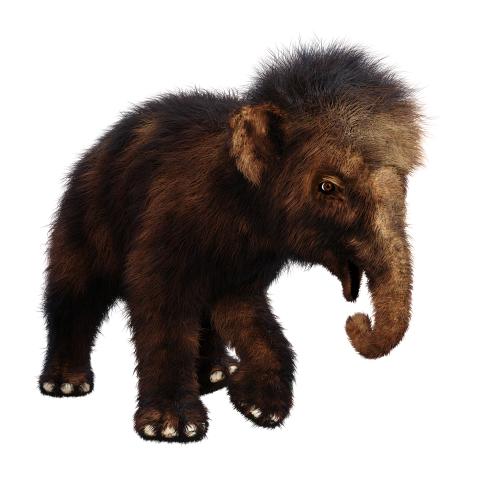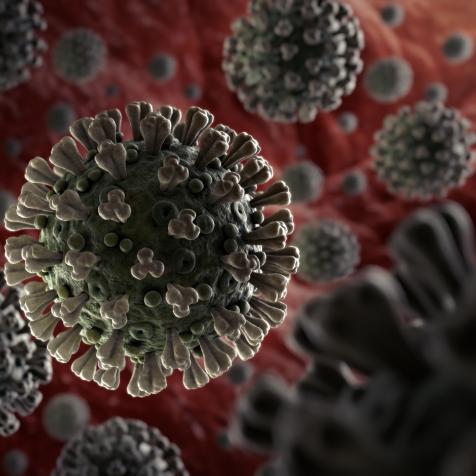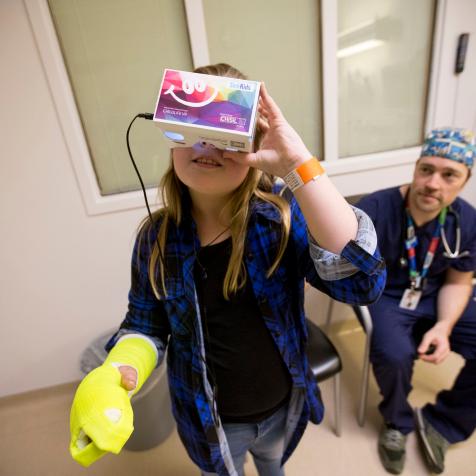
Morgan Arnold
23,000-Year-Old Human Footprints Discovered in America
Ancient human footprints found in New Mexico suggest people may have arrived in the Americas 10,000 years before scientists had previously thought.
This week, scientists reported ancient human footprints found preserved in White Sands National Park in New Mexico.
These 23,000-year-old fossilized footprints contradict current beliefs about when humans first trekked through the Americas. For decades, many scientists believed humans spread across the American continents only at the end of the Ice Age, but these new footprints imply humans came to America during the Ice Age — at a time when massive glaciers would’ve covered much of their path.
The footprints were formed when ancient peoples walked over damp, sandy ground surrounding a former lake. Over time, sediment filled in the footprints as the ground hardened fossilizing the prints. Recently, erosion has resurfaced the prints, making many of them visible to the naked eye.
By testing the sediment, researchers were able to carbon date the prints, with the oldest set being 22,800 years old.
The scientists didn’t just find human footprints; they also found prints belonging to mammoths, camels, and dire wolves. One set of prints even showed a giant sloth clearly avoiding a group of humans. These findings paint a picture of life more than 22 millennia ago.

SCIEPRO/SCIENCE PHOTO LIBRARY
The scientists also discovered woolly mammoth prints over 22,000 years old.
“I think this is probably the biggest discovery about the peopling of America in a hundred years,” Ciprian Ardelean, an archaeologist at Autonomous University of Zacatecas in Mexico, said to the New York Times.
Previously, archaeologists pointed to the oldest known tools, called Clovis — spear tips, needles, and scrapers — as markers for when humans crossed the continents. Clovis tools date back 13,000 years, which lines up with the melting of the glaciers, after the Ice Age. The hypothesis was that Siberian hunters made their way into Alaska during the Ice Age until the ice melted, opening up paths for them to migrate Southward.

Thaworn Kimtong / EyeEm
Scientist previously thought Siberian hunter-gatherers remained in Alaska until after the ice melted.
But these findings show there were humans in North America, 10,000 years before the Clovis people. “That starts to wind back the clock,” said Dr. Reynolds of Bournemouth University.
First discovered in 2009 by the park’s program director, an international team of scientists has worked over the past decade to study the ancient footprints.
Together, the team has found thousands of human footprints, over 80,000 acres of White Sands National Park. There are tracks made by children jumping up and down, a set of tracks showing a mother setting her baby down for a rest, and even a path made by an individual that has footprints going in a straight line for a mile and a half.
Scientists are calling the footprints unequivocal evidence of humanity’s presence in North America during the Ice Age.










